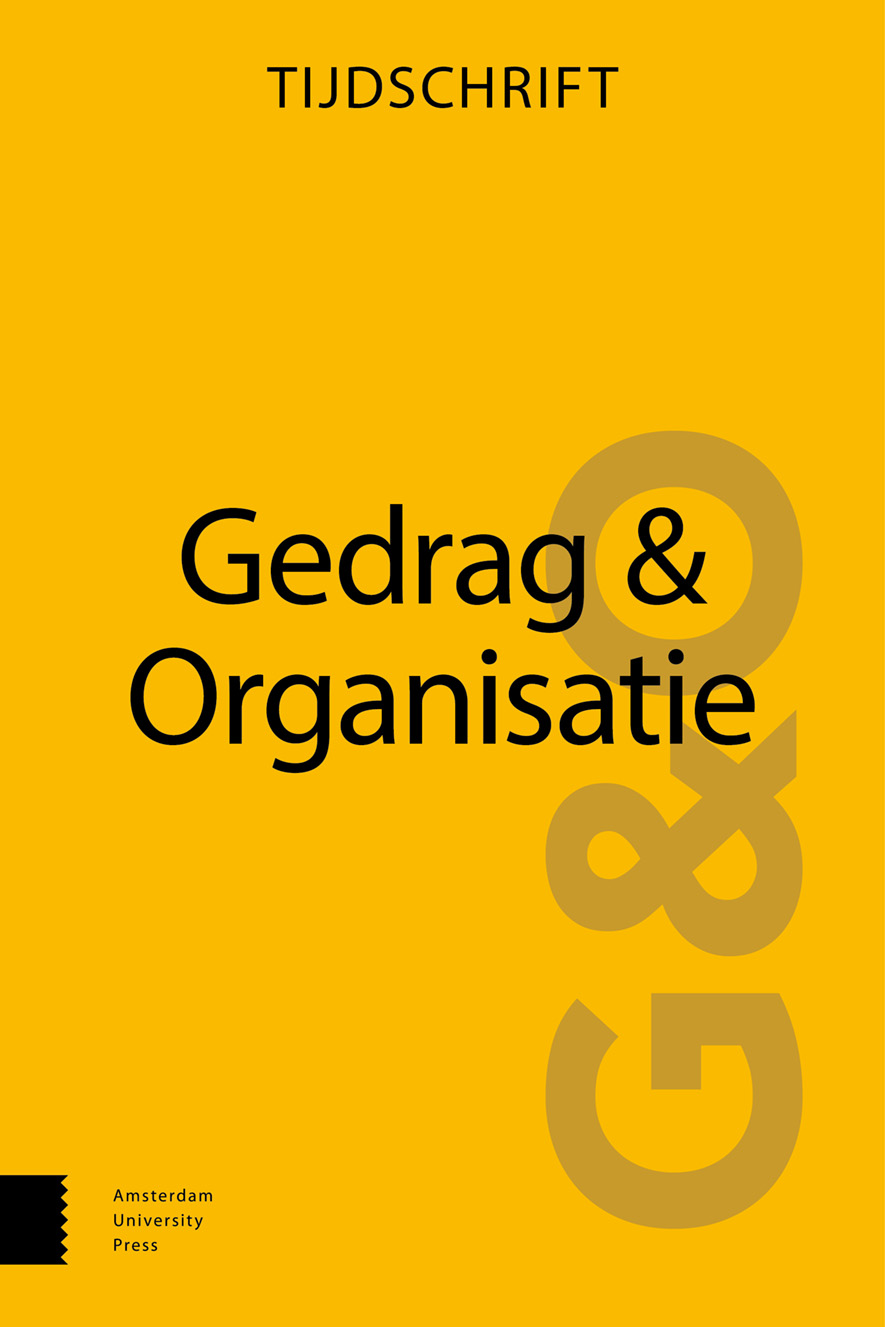
Full text loading...
We use cookies to track usage and preferences.I Understand
 , Marise Born2
, Marise Born2 & Henk van der Molen3
& Henk van der Molen3
Deze studie onderzocht het wendbaarheidsgedrag van werknemers tijdens een organisatieverandering en welke behoeften (needs) maken dat zij dit gedrag proactief of adaptief vertonen. De relatie werd bestudeerd tussen basismotieven van werknemers, namelijk de behoefte aan macht, prestatie, verbondenheid en verandering, en hun wendbaarheidsgedrag. Honderd werknemers van een dienstverlenende organisatie in een gepland veranderproces beoordeelden zichzelf op wendbaarheid. Zij werden daarnaast ieder door drie directe collega’s op wendbaarheid beoordeeld. De zelf- en anderbeoordeelde wendbaarheid werden geïntegreerd in een oordeel. De behoefte aan macht, prestatie en verandering, maar niet de behoefte aan verbondenheid, bleken positief samen te hangen met proactieve wendbaarheid. Adaptieve wendbaarheid bleek met uitzondering van de behoefte aan macht, niet samen te hangen met deze behoeften. Voorts bleek het attitude-element ‘emoties over de verandering’ een belangrijke mediator tussen de behoeften aan macht en verandering en proactieve wendbaarheid. Deze resultaten geven aan dat een organisatie die oog wil hebben voor de adaptieve wendbaarheid van medewerkers, minder aandacht hoeft te schenken aan onderlinge verschillen in hun basismotieven, behalve aan de behoefte aan macht. Voor het bevorderen van de proactieve wendbaarheid van medewerkers is er wel aandacht nodig voor verschillen tussen medewerkers in hun basisbehoeften.

Article metrics loading...

Full text loading...
References


Data & Media loading...

